Maybe it’s the bitter cold of winter, the lure of exotic islands with friendly native monkeys that bring you coconuts and drinks with umbrellas in them, or the simple desire to feel the sand between your toes, but traveling someplace else this time of year always sounds like a great idea.
Simply tossing your camera into your bag with your sunscreen and latest 50 shades of blue, black, or grey novel simply won’t do. There are considerations to… consider. Will there be a lot of sand? How about humidity? What’s the meaning of life? Before any trip, not just warm weather destination trips, these are things we must consider before packing our gear.
Sand/Dust/Dirt
Whether you’re visiting the Grand Canyon (lots of dust) or the beach (sand) you’ll want to make sure you have the proper cleaning equipment and the right lenses to avoid turning your camera into an expensive bucket of dust. I use prime lenses 90% of the time but when I travel to someplace where I know the air is dirty I opt for bringing along my “travel” zoom lenses. I want to avoid changing my lens for as long as I can otherwise my sensor will get dust on it.
Cleaning a sensor is not a tough but doable job and I recommend anyone who would consider themselves a pro-enthusiast to learn how to do their own… it’s not hard, it’s just a little tedious.
I have two lenses I rely on for this type of scenario… The Nikon 24-85mm f/3.5-4.5G lens which is my “set it and forget it” lens. Though its image quality is great and it’s probably one of the best zoom lenses (bang for your buck) you can get for a Nikon FX camera it’s one of only two of my lenses I wouldn’t be upset about if something catastrophic happened to it.
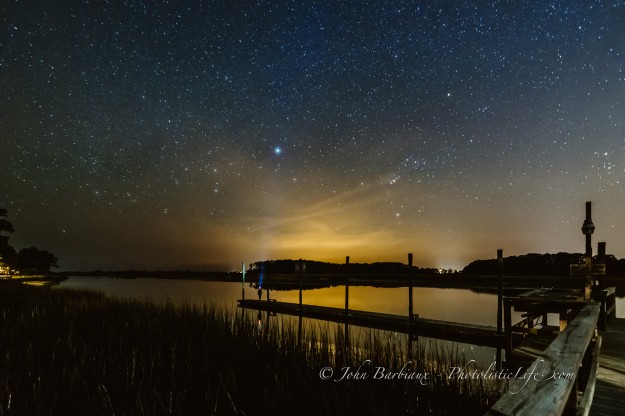
The second lens I travel with, regardless of my destination, is the Nikon 16-35mm f/4G lens. This wide-angle lens is great for Landscape and Street Photography while not being a monster in size (though not small). This one will set you back just north of $1,000 and it’s worth every penny.
For everyday walking around and exploring I’ll leave the 24-85mm affixed to my camera. Once I’ve had a chance to get the lay of the land I’ll return at an optimal time (golden or blue hour) with the 16-35mm attached to my camera for the photographs I think will turn out the best. The 16-35mm is also my lens of choice for Landscape Astrophotography (the 12-24mm lens is optically a better choice but it’s a pain in the butt with its bulbous head that takes no filters).
Humidity
Now here is something you don’t read much about, humidity can cause your expensive lenses to grow mold on the elements inside. To have them cleaned can cost more than buying a new lens so it’s best to avoid this all together. Now, this isn’t something that happens overnight but if you travel a lot and your camera or camera bag gets damp it’s a very real concern.
The best fix prevention I’ve found is tossing a few silica packets into your camera bag with your camera. The same ones you find in the pockets of new clothing or shoes will work fine. Try not to eat them.
Cleaning Supplies
There are two cleaning supplies that come with me wherever I go… Lens wipes and a LensPen. I use the wipes for the lens and viewfinder (sometimes the LCD screen as well) and I use the Lens Pen to brush tiny debris from around the opening on my camera.*
*Try as you might to keep the dust and debris out of your camera, if it’s all sitting in the crack where your lens attached to your camera it will fall into your camera when you change lenses. Be sure to brush the camera off thoroughly after shooting in these kind of conditions.
So far I’ve approached the trip preparation solely from a gear perspective, now I’m going to touch on the actual planning of the trip. Depending on the type of the trip you could have all day to photograph to your heart’s content or you may be limited to an hour or two each day. I’ll give you an example of my planning for my upcoming trip to New York City.
Day 1
- Arrive at 6pm/check in/eat
- 8-11pm Street Photography/Scout good locations for Day 2
Day 2
- Sunrise Shoot Starting At Brooklyn Bridge (hoping for fog/mist) 7-9
- Breakfast
- 10:30 – 1pm Street Photography SoHo
- 2pm Lunch
- 3:30 – 6pm Find interesting scenes and wait for interesting subjects
- 6pm – 8pm Dinner
- 8pm – 10pm High ISO Street Photography (possibly Central Park)
Day 3
- 7am – 9am China Town Street Photography
- 9am Breakfast
- 10:30 – 1pm Work on Leica M(240) review images
- 1pm Lunch
- 2:30 – 5:30 Street Photography (work on panning project)
- 5:30 Dinner
- 7pm – 10pm Street Photography exploring Micro Breweries
Day 4
- 7am Breakfast
- 8-10am Street Photography (commuters)
- 11am Eat then leave
You’ll notice that there is no time set aside to review or edit the photographs. In fact, I don’t plan on taking my computer or iPad with me. Sometimes it’s good to let images marinate on your SD card before you jump into editing them… When you give yourself some time before reviewing your images you let yourself disconnect or become less emotionally attached to each image, allowing you to judge them less subjectively.
When I take trips with other people who may not be as interested in photography I tend to plan much more loosely. If I’m with my fiancée I’ll arrange time that works with her to hit the spa or lay on the beach where I can wander off on my own for a bit with the camera. If we go to dinner I will ask her if she minds if I bring the camera but I make a conscious effort to put the camera down and focus on the wonderful time I’m having with her (only she could tell you if I do this enough or not but I certainly try). The point is, respect the limited time in this world you have with loved ones and stay flexible with your time.
Next time you take a trip by yourself or with friends try to jot down a loose schedule of what you’d like to do and where you’d like to go. If you work on it with your friends or family, who’ll be traveling with you, you will all know each others expectations before you arrive. Enjoy your travels and know when to put the camera down.

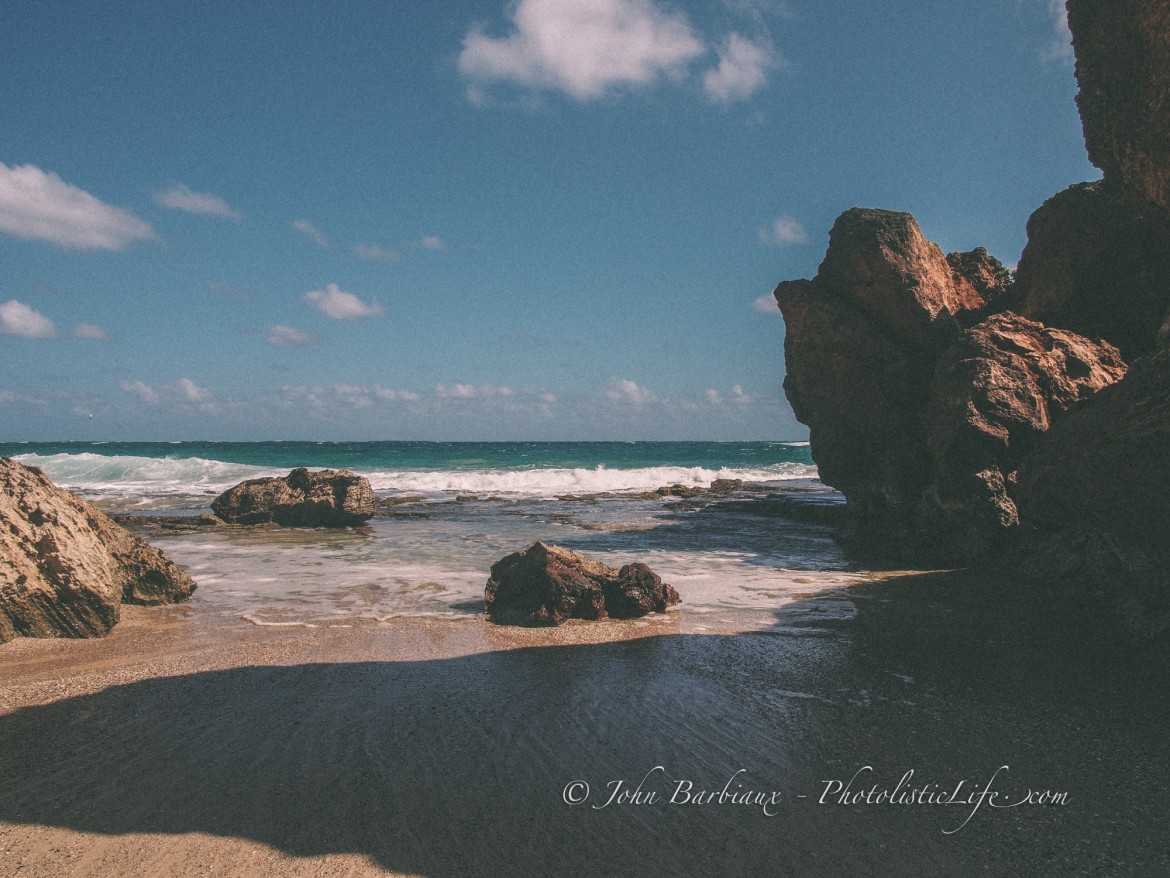
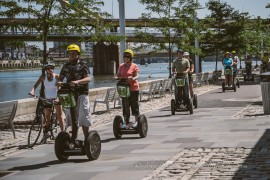
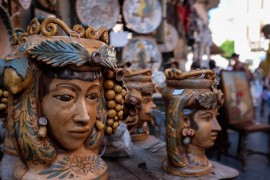
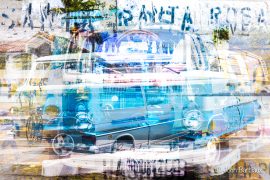
Note from the fiance: he does a wonderful job.